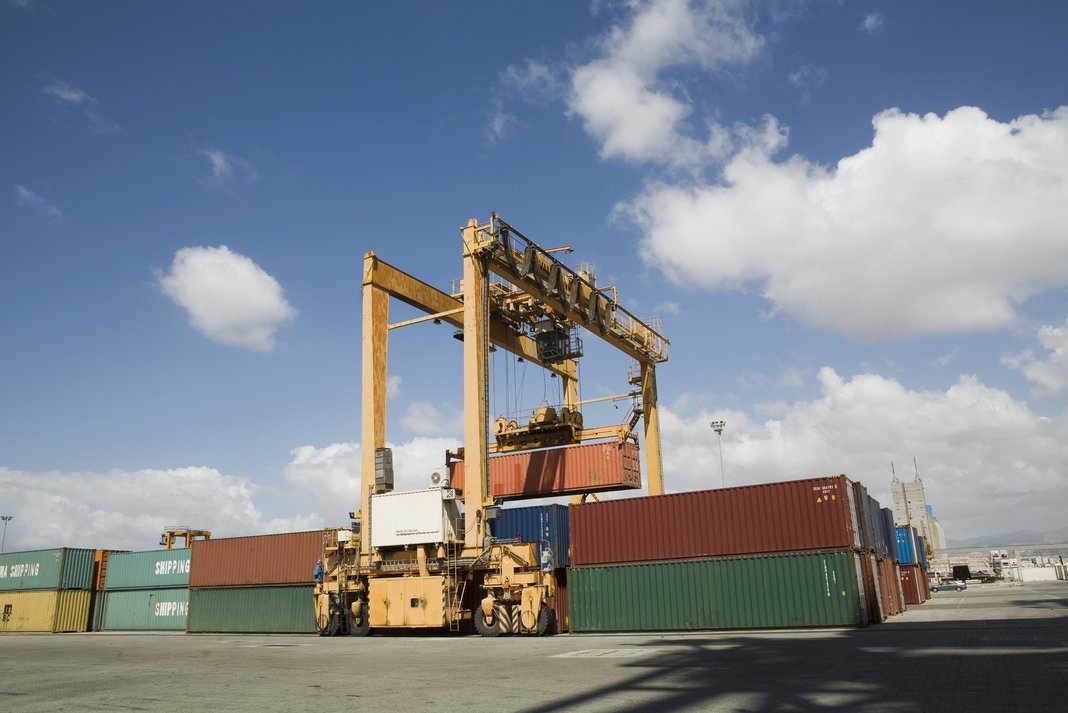
Table of Contents
What is the Bill of Lading?
A bill of lading is a legal document that serves as a receipt for goods being transported by a carrier, such as a truck, ship, or aircraft. It provides details about the shipment, including the type and quantity of goods being transported, the origin and destination of the shipment, and the names of the shipper and consignee. The bill of lading also serves as a contract between the carrier and the shipper, specifying the terms and conditions of the transportation of the goods.
In international trade, a bill of lading is often used as a document of title, which means that it can be used to transfer ownership of the goods from the shipper to the consignee. This makes it a crucial document for the smooth and efficient transportation of goods, as it allows the parties involved to track the shipment and to ensure that the goods are being handled properly.
How many types of bills of lading are there?
There are several types of bills of lading, each with its own unique characteristics and uses. Some of the most common types include:
- Straight Bill of Lading: A straight bill of lading is a straightforward document that acts as a receipt for goods being transported. It outlines the details of the shipment, including the type and quantity of goods, the origin and destination, and the names of the shipper and consignee.
- Order Bill of Lading: An order bill of lading is a more complex document that allows the consignee to take possession of the goods only upon presentation of the bill of lading. This type of bill of lading is often used in situations where the goods are being shipped on a letter of credit, as it provides an extra level of security for the consignee.
- Negotiable Bill of Lading: A negotiable bill of lading is similar to an order bill of lading in that it allows the consignee to take possession of the goods upon presentation of the bill of lading. However, it is also transferable, meaning that ownership of the goods can be transferred to another party simply by endorsing the bill of lading.
- Combined Transport Bill of Lading: A combined transport bill of lading is used when goods are being transported using multiple modes of transportation, such as by truck and by ship. This type of bill of lading outlines the details of each leg of the journey and provides a clear record of the entire shipment.
- Seaway Bill of Lading: A seaway bill of lading is a specialized document that is used specifically for shipments being transported by sea. It outlines the details of the shipment and provides important information about the voyage, including the name of the vessel, the ports of call, and the estimated time of arrival.
- Airway Bill of Lading: An airway bill of lading is similar to a seaway bill of lading, but is used specifically for shipments being transported by air. It outlines the details of the shipment and provides important information about the flight, including the flight number, the departure and arrival airports, and the estimated time of arrival.
Each type of bill of lading serves a specific purpose and is used in different situations. It is important to choose the right type of bill of lading to ensure that the shipment is handled properly and that the rights of all parties involved are protected.
Who provides the bill of lading?
The bill of lading is typically provided by the carrier, who is responsible for transporting the goods from the shipper to the recipient. The carrier may be a shipping company, a trucking company, a railroad, or any other entity that is responsible for the transportation of goods.
The carrier prepares the bill of lading based on the information provided by the shipper, which includes the type and quantity of goods being transported, the origin and destination of the shipment, and the names of the shipper and consignee. The bill of lading is then signed by the carrier, indicating their acceptance of the goods and agreement to transport them according to the terms and conditions outlined in the document.
In some cases, the shipper may prepare the bill of lading themselves, but the carrier still has the responsibility to verify the information and to ensure that the bill of lading accurately reflects the details of the shipment.
In conclusion, the bill of lading is typically provided by the carrier, but the shipper also plays a critical role in ensuring that the bill of lading accurately reflects the details of the shipment. Both the shipper and the carrier have important responsibilities in the preparation and signing of the bill of lading, and it is crucial that they work together to ensure the smooth and efficient transportation of goods.
What is the difference between a house bill of lading and a master bill of lading?
The house bill of lading and a master bill of lading are two different types of bills of lading that serve different purposes in the transportation of goods.
A house bill of lading is a document that is issued by a freight forwarder or a non-vessel operating common carrier (NVOCC) to acknowledge the receipt of goods from the shipper. The house bill of lading outlines the details of the shipment, including the type and quantity of goods being transported, the origin and destination of the shipment, and the names of the shipper and consignee. The house bill of lading serves as a contract between the freight forwarder or NVOCC and the shipper and is used to track the shipment.
A master bill of lading, on the other hand, is a document that is issued by the carrier and serves as a contract between the carrier and the shipper. The master bill of lading outlines the details of the entire shipment, including all the individual shipments that are being consolidated into a single shipment. The master bill of lading serves as a record of the entire shipment and is used to track the progress of the goods as they are transported from the shipper to the recipient.
In conclusion, the main difference between a house bill of lading and a master bill of lading is that a house bill of lading is issued by a freight forwarder or NVOCC and outlines the details of a single shipment, while a master bill of lading is issued by the carrier and outlines the details of the entire shipment, including all the individual shipments that are being consolidated into a single shipment.
- SEO Powered Content & PR Distribution. Get Amplified Today.
- Platoblockchain. Web3 Metaverse Intelligence. Knowledge Amplified. Access Here.
- Source: https://www.globalior.com/the-bill-of-lading/?utm_source=rss&utm_medium=rss&utm_campaign=the-bill-of-lading
- a
- About
- acceptance
- According
- accurately
- acknowledge
- acts
- Agreement
- AIR
- aircraft
- Airports
- All
- allows
- and
- Another
- arrival
- based
- being
- between
- Bill
- Bills
- call
- cases
- characteristics
- Choose
- clear
- combined
- Common
- company
- complex
- conclusion
- conditions
- contract
- credit
- critical
- crucial
- destination
- details
- difference
- different
- document
- each
- efficient
- Endorsing
- ensure
- ensuring
- Entire
- entity
- estimated
- extra
- flight
- freight
- from
- goods
- House
- However
- HTTPS
- important
- in
- include
- includes
- Including
- individual
- information
- International
- International Trade
- involved
- Issued
- IT
- journey
- Legal
- letter
- Level
- Main
- MAKES
- many
- master
- meaning
- means
- modes
- more
- most
- multiple
- name
- names
- number
- operating
- order
- Origin
- Other
- outlined
- outlines
- own
- ownership
- parties
- party
- plato
- Plato Data Intelligence
- PlatoData
- ports
- possession
- Prepare
- Prepares
- presentation
- Progress
- properly
- protected
- provided
- provides
- purpose
- purposes
- quantity
- record
- reflects
- responsibilities
- responsibility
- responsible
- rights
- Role
- SEA
- security
- serve
- serves
- several
- shipped
- Shipping
- signed
- signing
- similar
- simply
- single
- situations
- some
- specialized
- specific
- specifically
- Still
- straight
- straightforward
- such
- Take
- terms
- terms and conditions
- The
- the information
- their
- themselves
- time
- Title
- to
- together
- track
- trade
- transfer
- transferred
- transport
- transportation
- transported
- transporting
- truck
- Trucking
- types
- typically
- unique
- verify
- Vessel
- Voyage
- which
- while
- WHO
- Work
- work together
- zephyrnet






